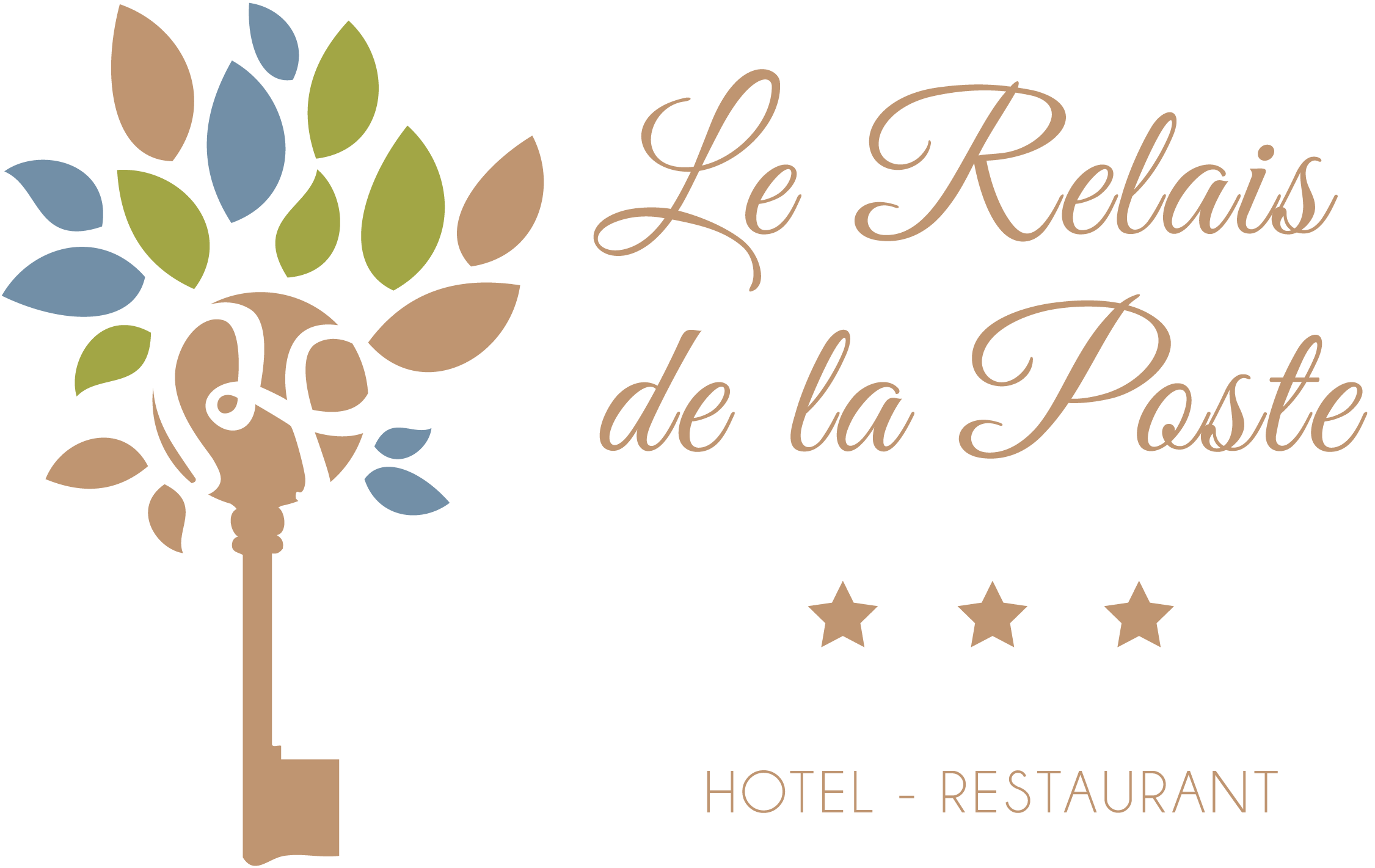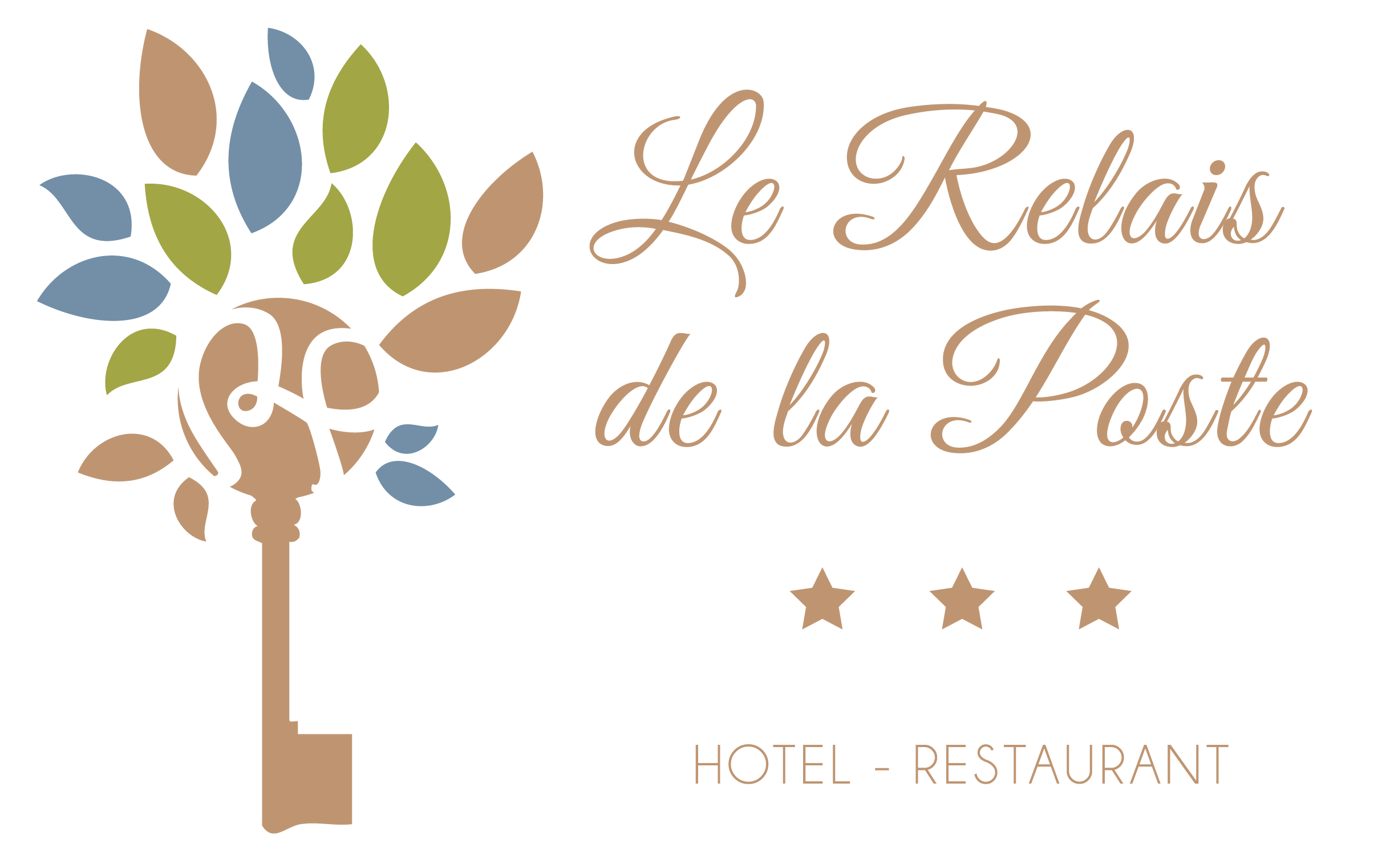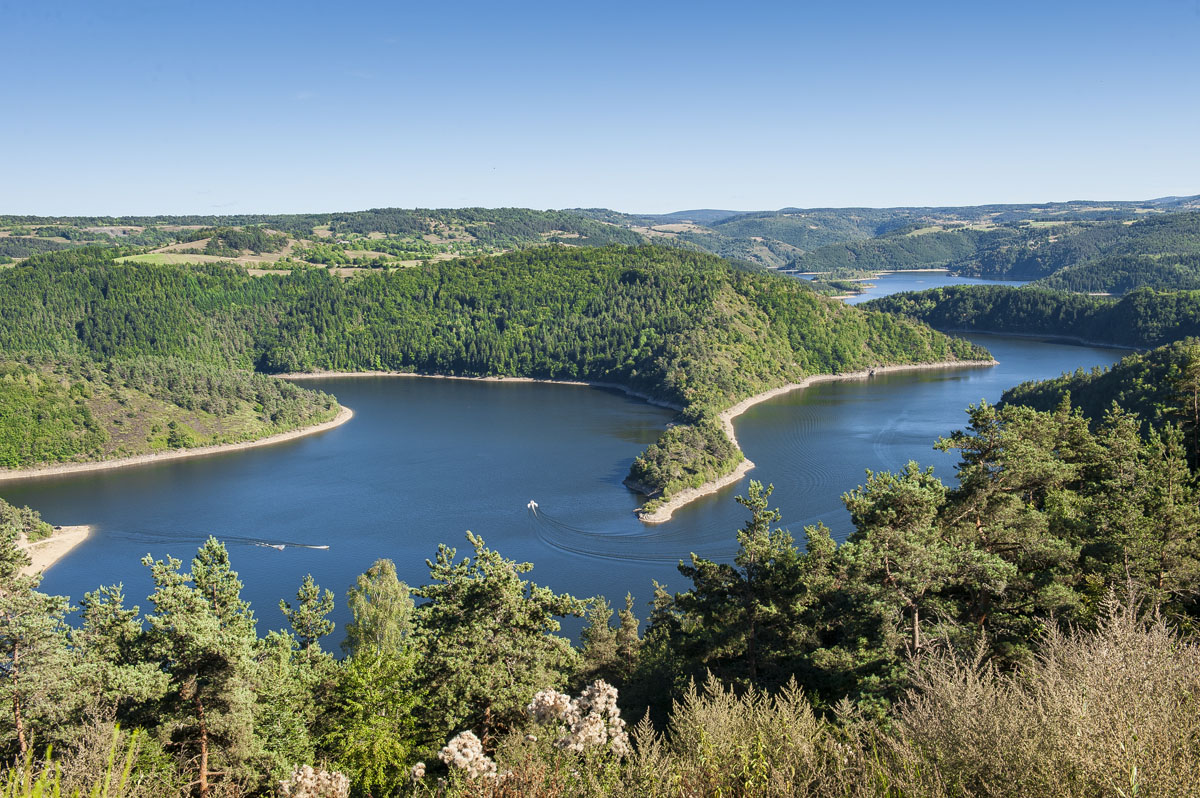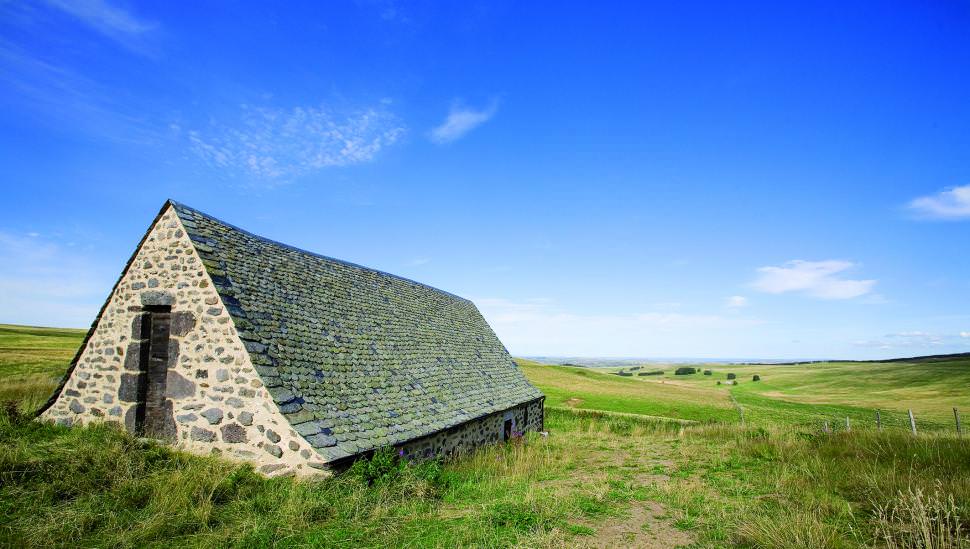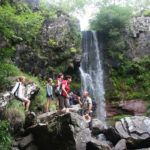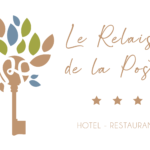The largest volcano in Europe
The Monts du Cantal, also known as the Cantal volcano, are part of the volcanic sites within the Auvergne Volcanoes Regional Natural Park. For nature lovers, there are lots of animals and plant species to discover while out exploring the area. Look out for chamois, mountain sheep known as moufflons and marmots. For plant lovers, you can admire yellow gentian, yellow alpine pasqueflowers, beautiful martagon lilies or the carnivorous droseras that thrive on peatland in the area. The area is protected, unspoilt and a natural home to a vast range of wild animals and plant species. While you are here, you can also immerse yourself in the spirit of this mountain area, learn all about local life and discover the traditions and know-how passed down over generations
Must see
- The breath taking panoramic view over the Massif Cantalien from the top of the Plomb du Cantal, the highest summit in Cantal at a height of 1,855 metres.
- The Prat de Bouc mountain pass (accessible by car) at an altitude of 1,392 metres. It is the ideal starting point to reach the Plomb du Cantal on foot.
- The iconic Puy Mary, Grand Site de France, a magnificent peak that looks like a huge pyramid when seen from the sky that culminates at a height of 1,787 metres. The panoramic view over the Monts du Cantal is stunning. The Visitor Information Centres (Maisons du Site) in different sites around the Puy Mary put on many displays and activities on a variety of themes that provide a fascinating insight into how the landscape was formed, the wildlife and plant species and the area’s cultural and natural heritage.
- The Brezons valley and its many beautiful waterfalls formed by volcanic lava flows.
- The Planèze plateau, a high plateau used for farming and animal breeding. The hedges, copses and wetland areas provide a haven for many species of birds. Vast open spaces lie before you and there is a wide choice of easy walks to enjoy on this stunning plateau.
